Lesson 1. これ それ あれ どれ
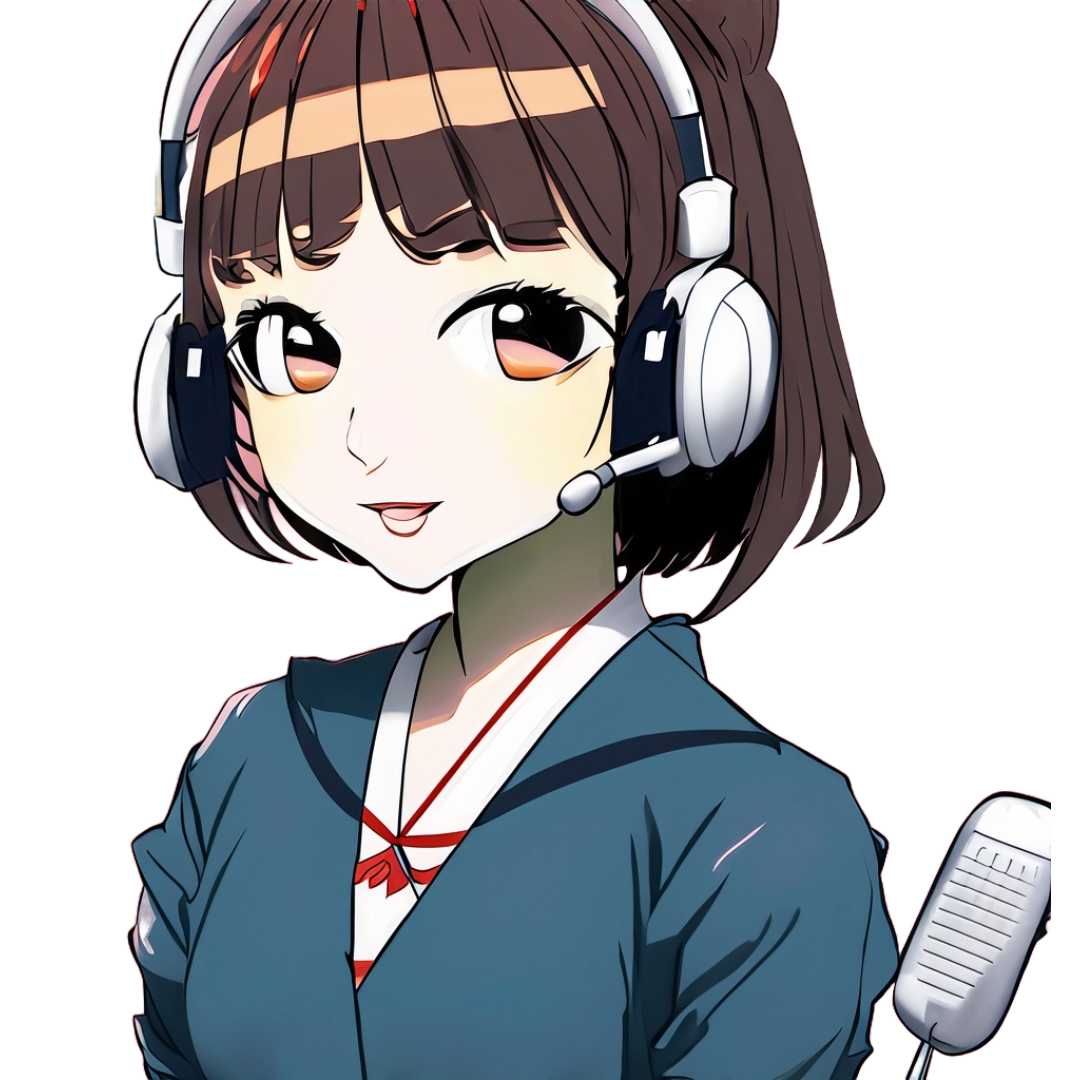
今回からからいよいよ、日本語の文法を学んでいきます。大丈夫、そんなにむずかしくないですよ
Starting from this lesson, we’ll be diving into Japanese grammar. Don’t worry, it’s not as difficult as you may think!
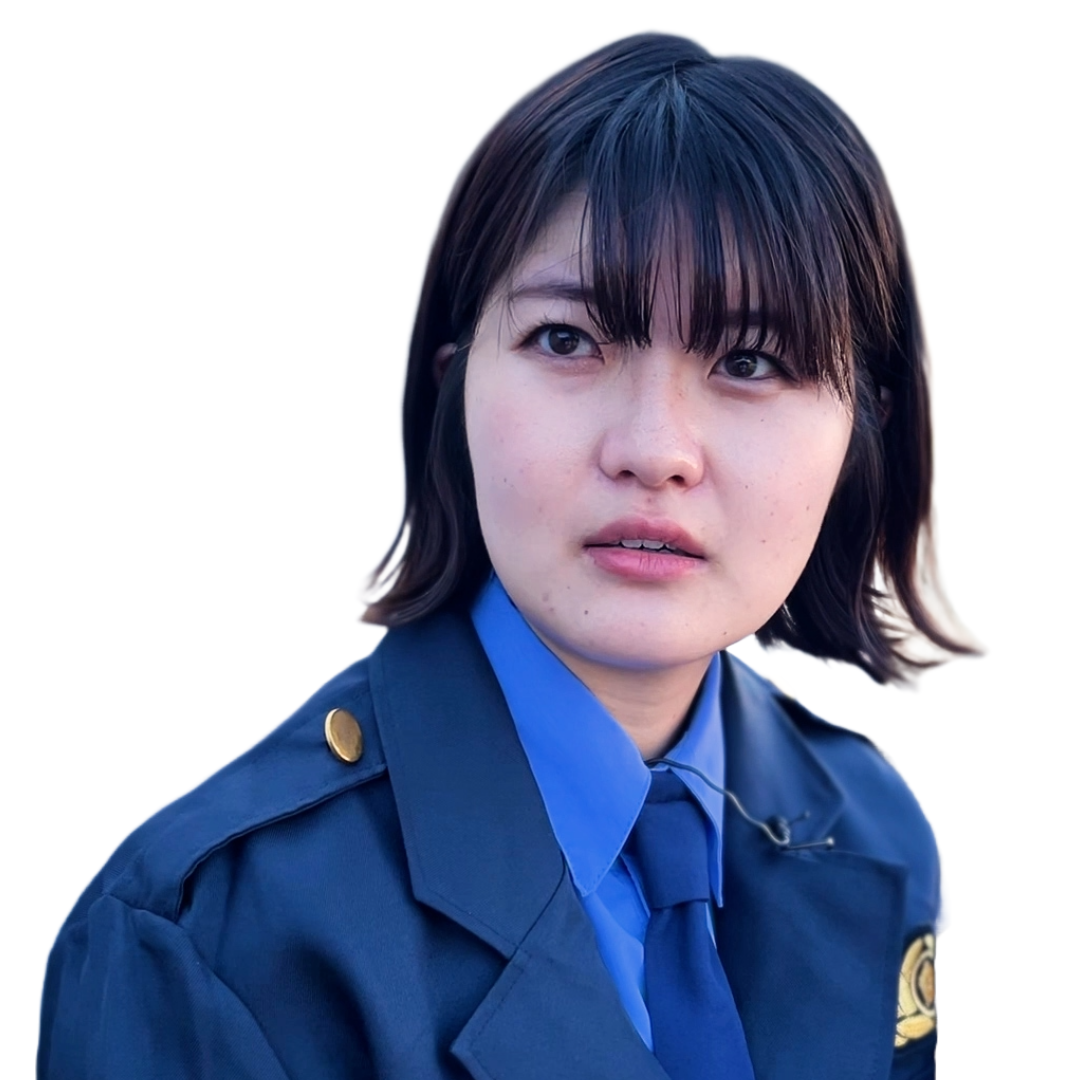
おはようございます。
ohayōgozaimasu
Good morning.

それは何ですか。
sorewa nan desu ka
What’s that?
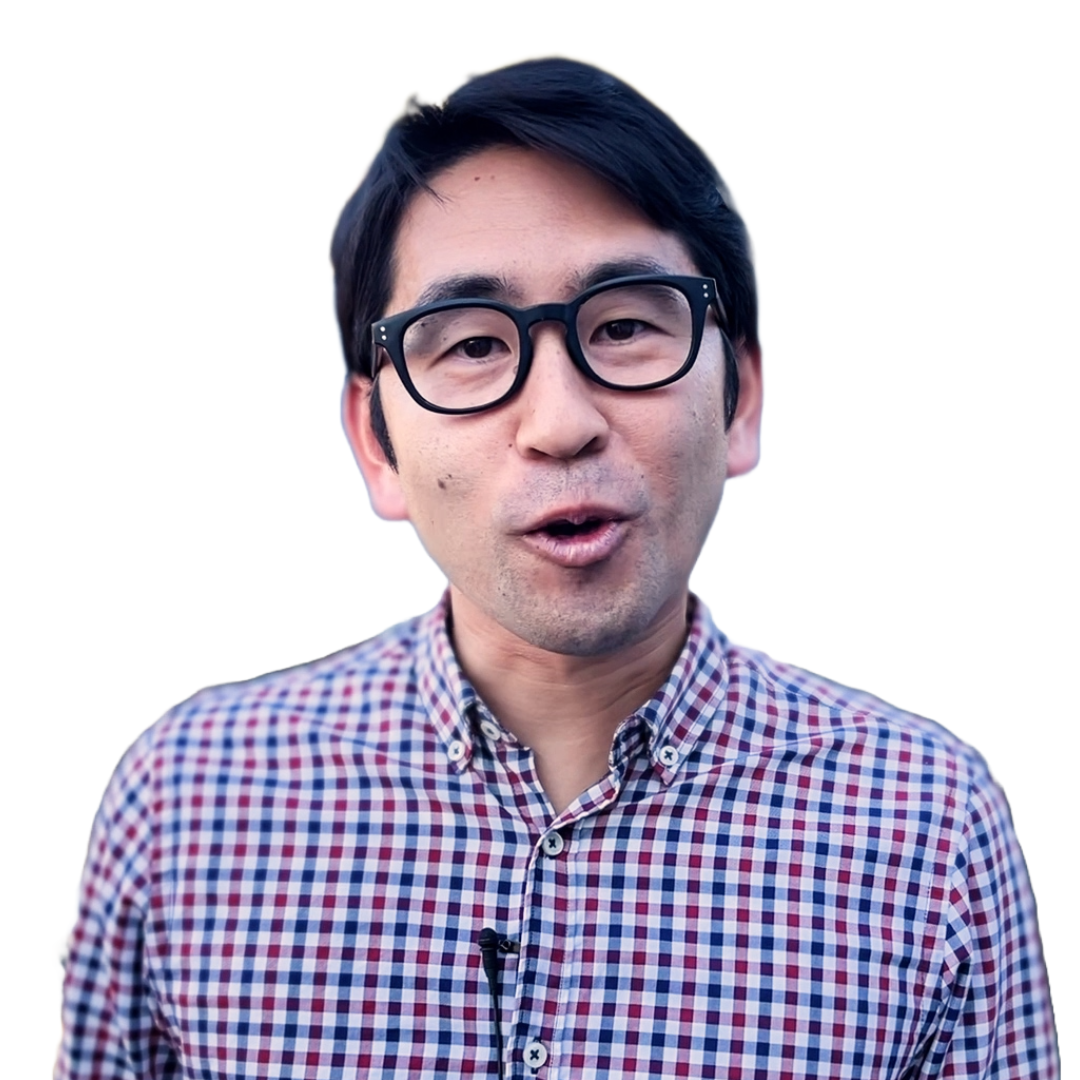
それ?
sore
That?

それ
sore
That.

どれですか。
dore desu ka
Which one?

それです。
sore desu
That one.

これ?
kore
This one?

いいえ、それじゃないです。
īe, sore janaidesu
No, not that one.

それ。
sore
That.

どれですか。
dore desu ka
Which one?

それです。
sore desu
That one.

これ?
kore
This one?

はい、それです。
hai, sore desu
Yes, that one.

あれ?
are
What?

え?
e
What?

あれ、みてください。
are mitekudasai
Look at that.

けんかじゃないかな?
kenka janaikana
Sounds like a fight, maybe.

べつに、なにもないですけど。
betsuni nanimo naidesukedo
Nothing’s going on here.

はあ…。
hā
Ah…

これ?
kore
This?

それ。
sore
That.
| けいさつかん /けいかん keisatsukan /keikan | police officer |
| おとこ otoko | man |
| けんか kenka | fight |
Japanese greetings

おはようございます / おはよう
ohayōgozaimasu / ohayō
Good morning.

こんにちは
kon’nichiwa
Good afternoon.

こんばんは
kombanwa
Good evening.
A comma is used to indicate a pause or separation within a sentence. It is employed to distinguish elements or ideas within a sentence and to show relationships such as enumeration, contrast, or concession.

あれ、みてください。
A period (full stop) is used to indicate the end of a sentence, signifying the completion of a thought or idea. It is typically placed at the end of a declarative or imperative sentence.

それです。
A question mark is used to denote a question. It is placed at the end of a sentence to indicate that the sentence is interrogative. In pronunciation, the tone is slightly upward at the end.

これ? (⤴️)
“これ,” “それ,” and “あれ” are commonly used demonstrative pronouns in Japanese. “どれ” corresponds to the English interrogative pronoun “which.”
“これ” refers to something near the speaker or the topic of conversation. It is used when indicating something the speaker is holding or something in close proximity, for example, something in the speaker’s hand or right in front of them.
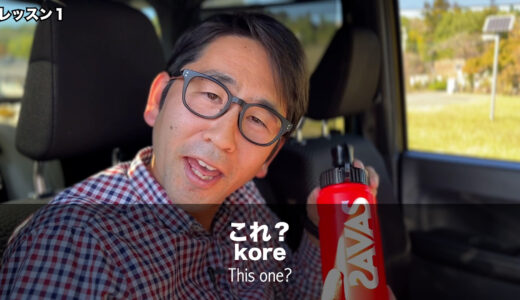
“それ” refers to something the listener has or something in the vicinity of the listener. It is used when indicating something a person near the speaker has or something close to them, for example, something the listener is holding or an item on a nearby table.

“あれ” refers to something far from both the speaker and the listener. It is used when indicating something in a location distant from both the speaker and the listener, for example, something in the corner of a room or at a distant location.
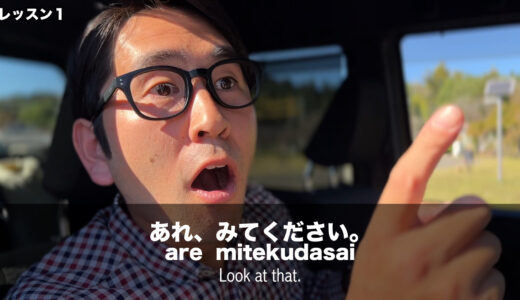
“どれ” is used when inquiring about a specific item from a set of multiple choices. It is used when asking about a particular item from a group of options, for example, in a situation with several items, asking “Which one do you want?” or similar questions.

“〜です” is a common expression used in Japanese, typically at the end of a sentence. It is a polite and courteous way of expression, often used in communication, especially in situations like first meetings or with superiors.

それです。
sore desu
That one.
The construction of a question is formed in the pattern of “〜か” This gives the entire sentence a questioning meaning.

どれですか。
dore desu ka
Which one?
